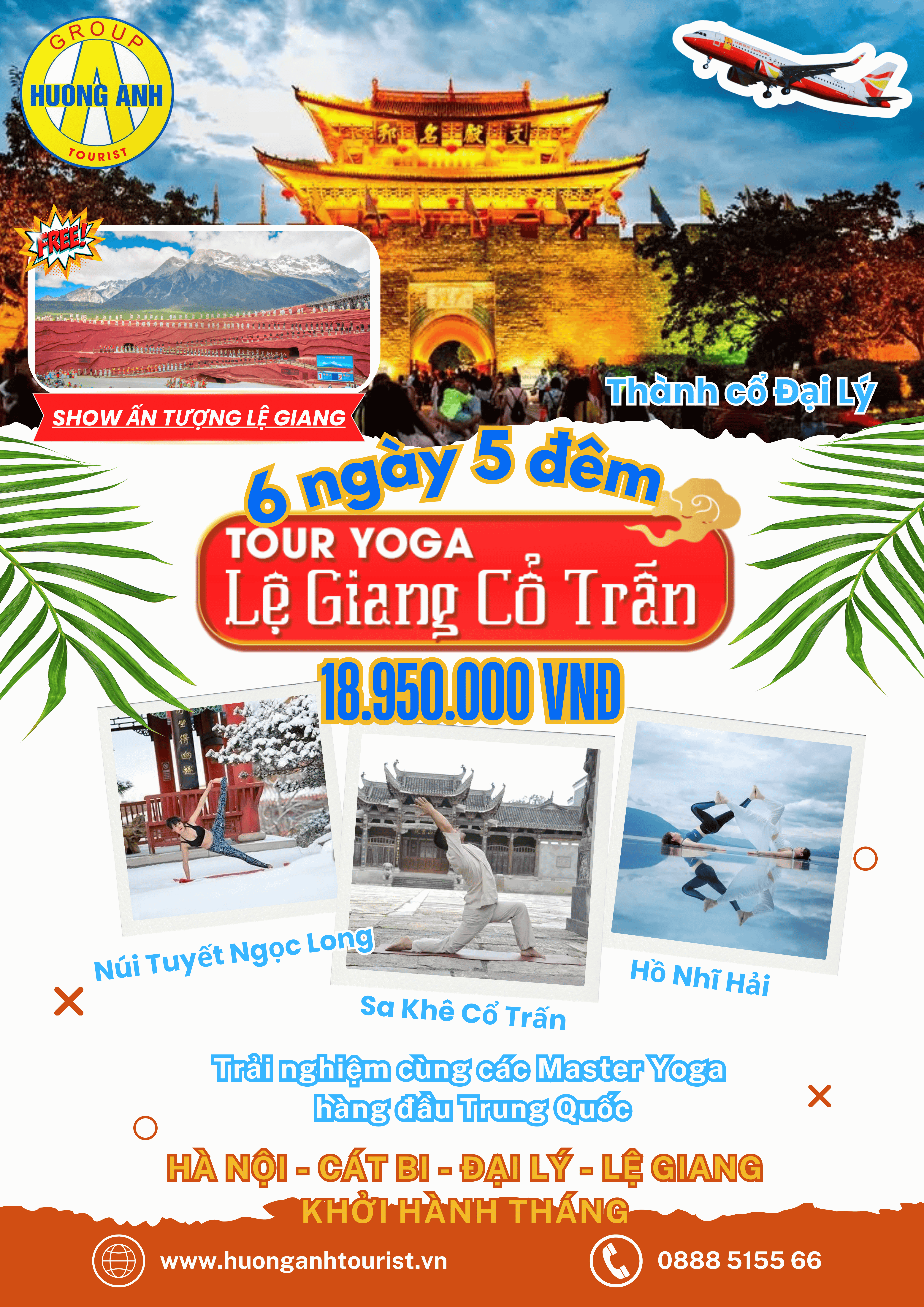
DU LỊCH HÀ NỘI – CÁT BI – LỆ GIANG – ĐẠI LÝ – 6N5Đ
Thời gian
6N5ĐGiá từ
19,0trHome /
Thời gian
Đăng ngày 25/03/2025Danh mục
Traveling to Vietnam in 2025? Whether you’re a backpacker, a digital nomad, or a luxury traveler, understanding local customs and practical tips can make your trip smoother, more enjoyable, and culturally respectful. Here is a comprehensive list of do’s and don’ts to help you navigate your Vietnam adventure like a local.
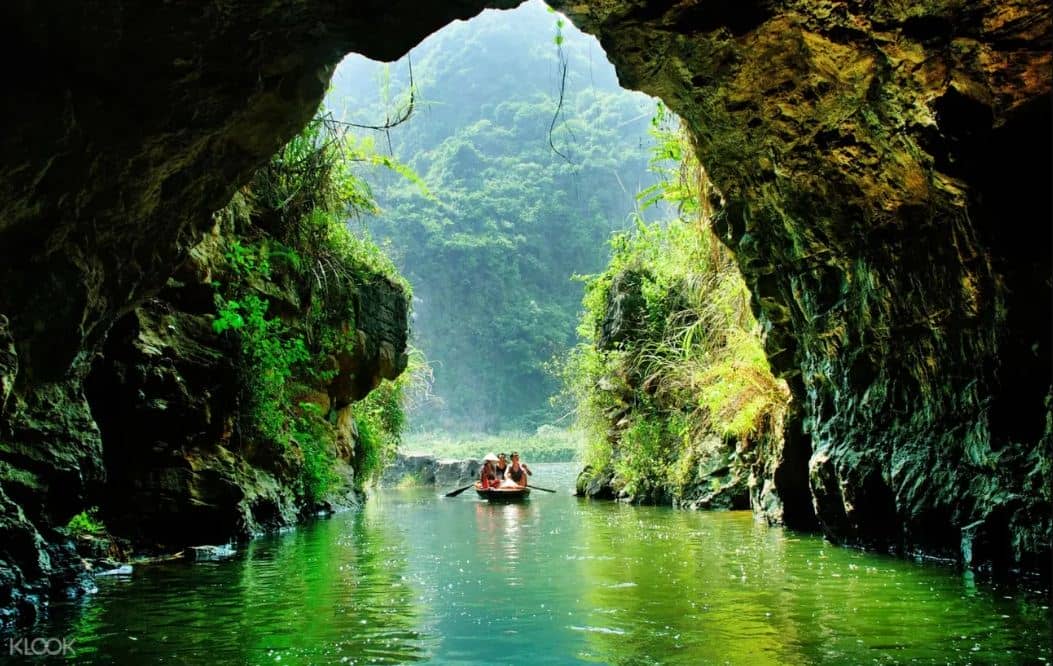
Boat tour through cave and lush river landscape in Ninh Binh.
(Source: Internet)
1. DO Learn Basic Vietnamese Phrases While many young Vietnamese people speak English, especially in touristy areas, knowing a few local phrases goes a long way. Try learning:
Xin chào (Hello)
Cảm ơn (Thank you)
Bao nhiêu tiền? (How much?)
Xin lỗi (Sorry)
Not only will this help you get around more easily, but locals appreciate the effort and are more likely to help you.
2. DON’T Disrespect Local Customs and Religious Sites Vietnam is home to many temples and pagodas. When visiting these sacred places:
Dress modestly: Cover shoulders and knees.
Remove your shoes before entering.
Be quiet and respectful.
Don’t point your feet toward statues or altars.
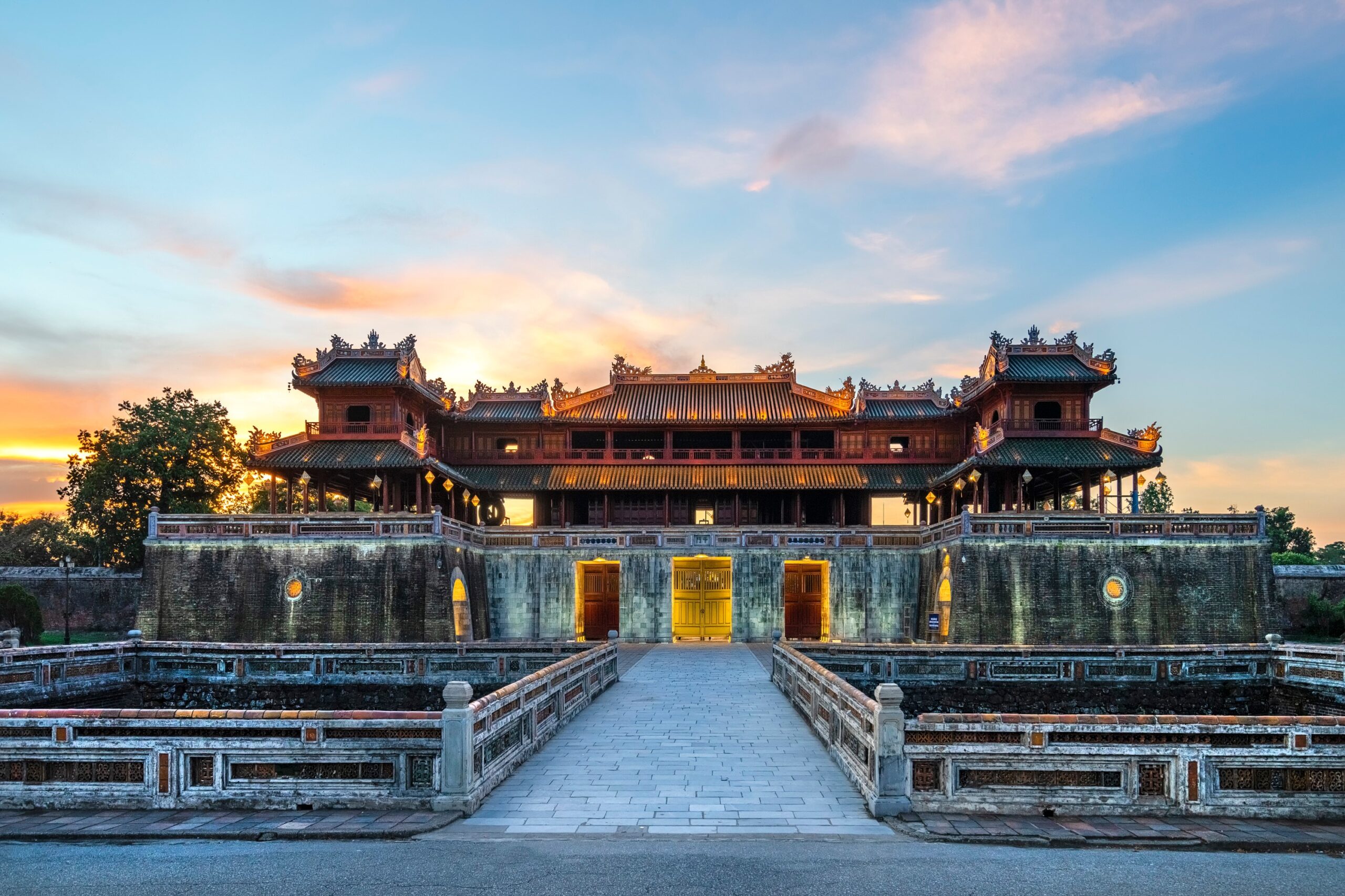
Hue Imperial City at sunset, Vietnam’s historic royal landmark.
3. DO Try the Street Food Vietnamese street food is one of the country’s highlights. From pho and banh mi to bun cha and fresh spring rolls, there’s something for everyone. Eat where locals eat, and if you’re worried about hygiene, choose stalls with a high turnover of food.
4. DON’T Drink Tap Water Stick to bottled or filtered water. While Vietnam’s tap water may be safe for locals, travelers might not have the same tolerance. Most hotels and restaurants provide safe drinking water.
5. DO Use Local Transportation Hop on a motorbike taxi (xe om), use the Grab app for affordable rides, or try a sleeper bus for long-distance travel. Trains between major cities also offer a scenic and affordable way to travel.
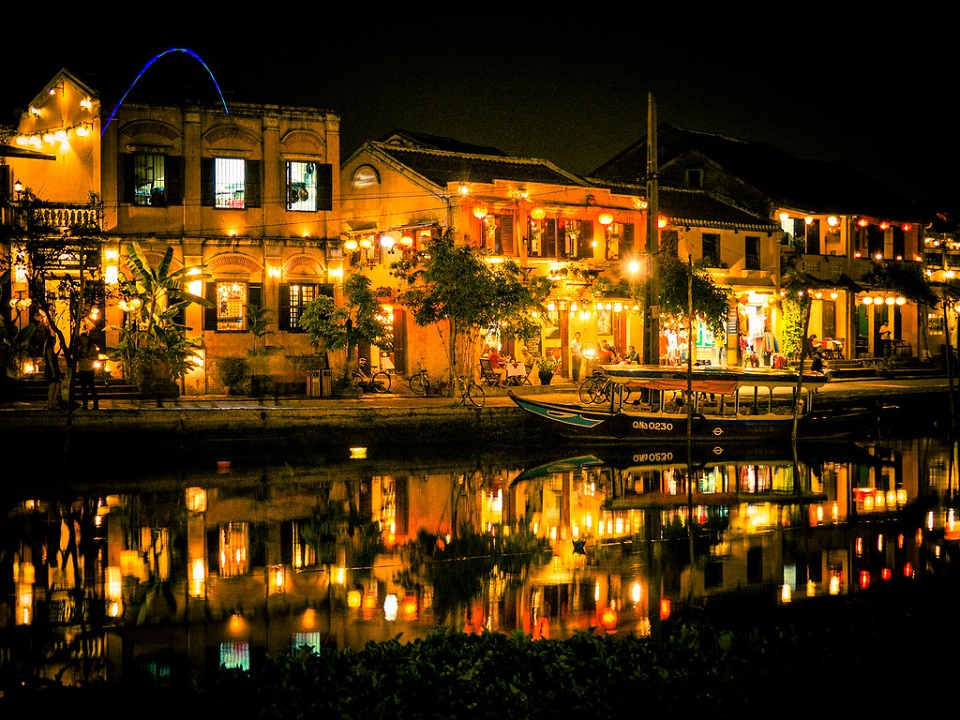
Hoi An Ancient Town glowing with lanterns beside the river.
(Source: Internet)
6. DON’T Forget to Bargain in Markets In local markets, bargaining is expected. Always smile, stay polite, and don’t be afraid to walk away if the price feels too high. A good rule of thumb: offer 50-70% of the initial asking price and negotiate from there.
7. DO Respect Personal Space and Public Etiquette Vietnamese people are generally polite and reserved. Avoid public displays of affection, especially in rural areas. On buses or in waiting lines, don’t push or raise your voice.
8. DON’T Assume Traffic Rules Are the Same Vietnam’s traffic can be chaotic. When crossing the street, walk slowly and confidently. Vehicles will flow around you. Avoid sudden movements and never expect drivers to stop for pedestrians automatically.
9. DO Carry Cash While major hotels and high-end restaurants accept cards, most small businesses, markets, and local restaurants prefer cash. ATMs are widely available, but always carry small denominations for convenience.
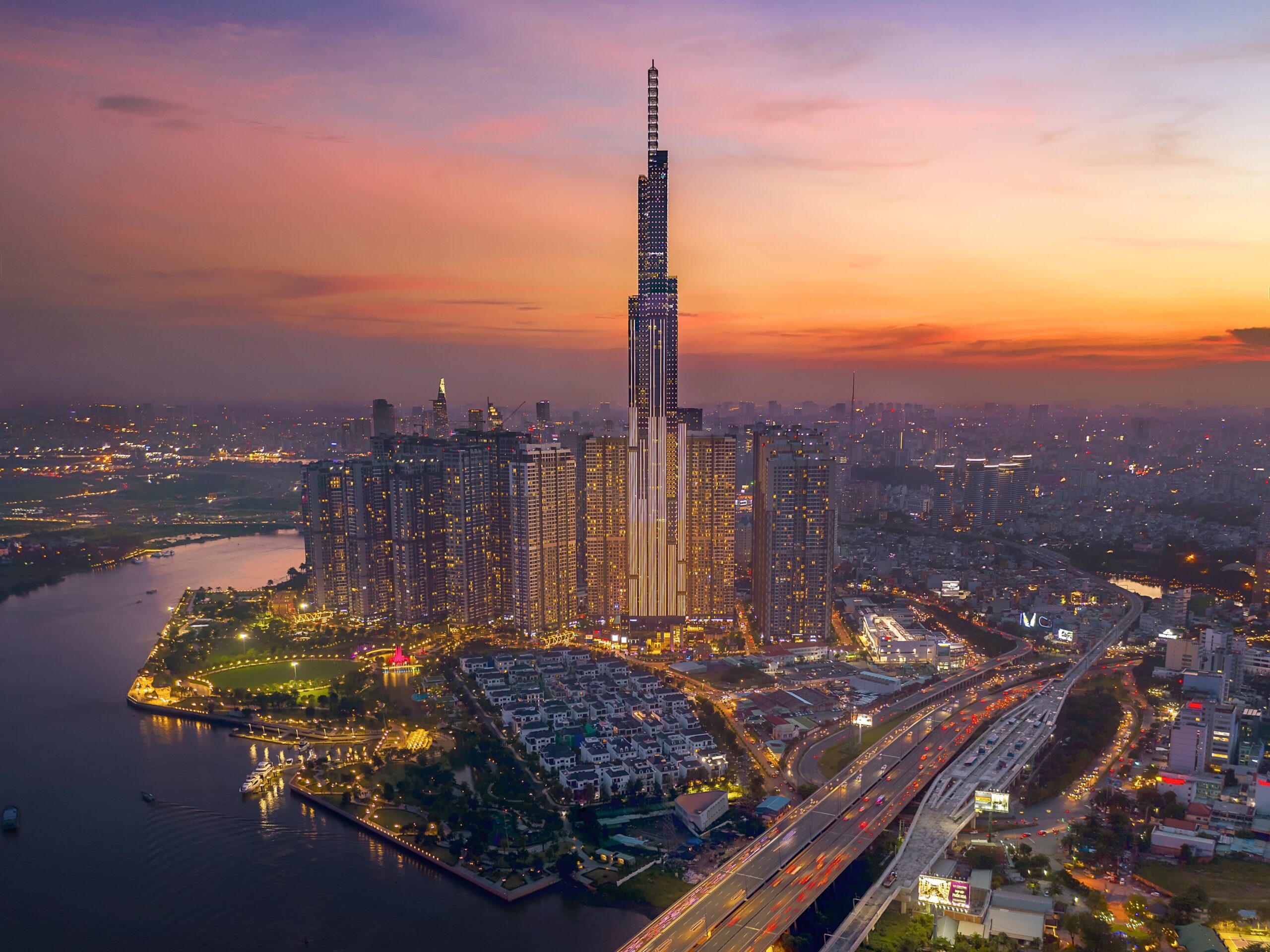
Ho Chi Minh City skyline at sunset with Landmark 81 view.
(Source: Internet)
10. DON’T Overpack Vietnam has a tropical climate in most regions, so pack light, breathable clothes. However, bring a light jacket if visiting northern Vietnam (like Sapa or Hanoi) during winter months (November to February).
11. DO Embrace the Culture and Local Experiences Take time to:
Join a cooking class
Visit a local family through a homestay
Watch a traditional water puppet show
Learn about Vietnam’s history in museums like the War Remnants Museum or Hoa Lo Prison
12. DON’T Skip Travel Insurance Accidents happen, and it’s better to be safe. Make sure your travel insurance covers motorbike accidents, theft, and trip cancellations—common issues that can arise.
13. DO Be Environmentally Conscious Bring a reusable water bottle, say no to single-use plastic bags, and dispose of trash properly. Vietnam is making strides in sustainability, and tourists can support this by practicing eco-friendly habits.
14. DON’T Miss Lesser-Known Destinations While Hanoi, Ha Long Bay, and Ho Chi Minh City are amazing, places like Ha Giang, Ninh Binh, Quy Nhon, and the Mekong Delta offer stunning experiences without the crowds.
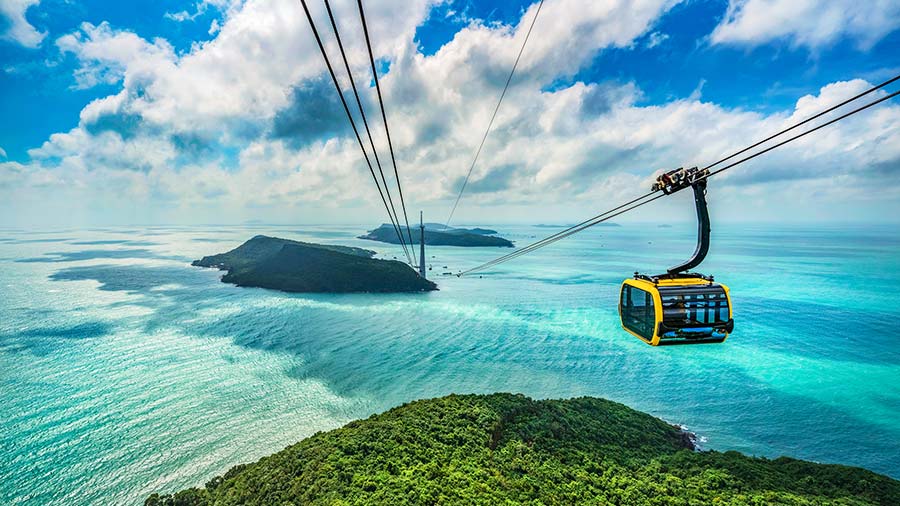
Cable car over turquoise waters and islands in Phu Quoc, Vietnam.
(Source: Internet)
Vietnam is a country of contrasts: traditional and modern, fast-paced cities and peaceful villages. Approach your journey with curiosity and kindness, and you’ll gain more than just memories—you’ll gain perspective.
By following these do’s and don’ts, your trip to Vietnam in 2025 will not only be enjoyable but also respectful to the rich culture and wonderful people who call this country home. Bon voyage!


